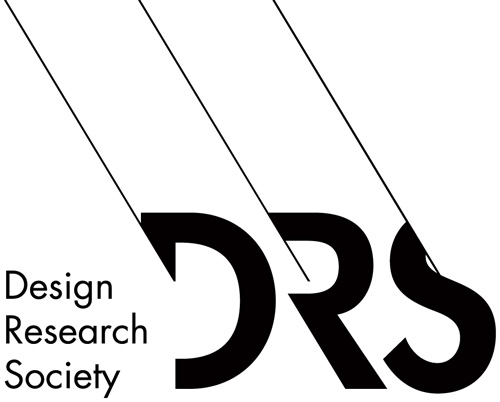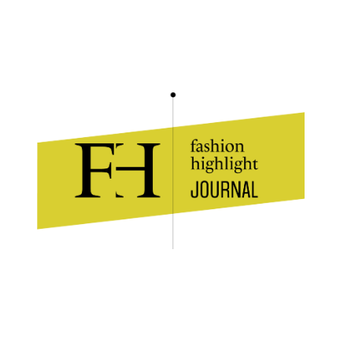Register
Event Details
THE LANGUAGES OF FASHION: CRITICAL REFLECTIONS ON FASHION DISCOURSES
Journal website and call download: https://riviste.fupress.net/index.php/fh/announcement/view/89
Instruction for authors:
We welcome full papers in English with a range length of 4000-6000 words, footnotes and bibliographical references excluded. It is highly recommended to use the template and APA STYLE as a formatting guideline. We also welcome the following formats:
Fashion mythologies – Cultural reflections and critical commentaries in the spirit of Roland Barthes’ Mythologies and Umberto Eco’s Travels in Hyper Reality (1500-2000 words max. Captions, footnotes and bibliographies excluded; tables included).
Fashion Lexigraphy – A focused and critical study of the historical development and ongoing debates surrounding key terms and ideas in fashion (1500-2500 words max. Captions, footnotes and bibliographies excluded; tables included).
The deadline for submitting the full paper (saved in .doc or .docx format) via the platform is 10 January 2026. Issue 7 will be published in 2026.
Call for papers
Fashion has been personified as the younger sister of Death, a daughter of Caducity. It has been portrayed as a lifelong companion and described as capitalism’s favourite child. It has been conceptualised as a belief, a system, and an empire. These varied characterisations hint at fashion’s complexity as both cultural phenomenon and global industry.
As the global fashion industry and academic field of fashion studies have expanded and diversified, so has fashion-related discourse. The terms and concepts used within and beyond the academy to discuss what fashion was, is, could be, and should be are numerous and increasingly varied. This diversity of language and ideas reflects fashion’s widespread cultural and commercial presence as both daily practice and global industry. It also reflects how the academic field of fashion studies draws creatively from multiple disciplines. Additionally, it highlights the challenge faced by fashion scholars, advocates, journalists, influencers, and industry representatives who are increasingly expected to reassess and improve fashion’s planetary impact.
Whilst it may be premature to suggest fashion studies is at an inflection point, the challenges posed by its diverse range of conversations and perspectives will likely intensify as expectations grow for both the academic field and industry to contribute meaningfully to solving humanity’s most pressing problems: environmental destruction, social inequality, and political polarisation.
Does fashion need a new language to facilitate the industry’s shift towards a more environmentally friendly structure? Building on Lotman’s (1991) concept of the semiosphere, we can view fashion as a semiotic structure whose self-description has become crystallised in fashion media — what Barthes (1967) described as the fashion system perfected. However, this perfection presents a core issue: when systems reach full structural organisation, they gain coherence but lose the “internal reserves of uncertainty” that are crucial for flexibility and ongoing development.
Fashion journalism’s idealised self-description consistently excludes the lived realities of most fashion consumers: disability, illness, ethical concerns, and sustainability challenges. This creates an epistemological trap for fashion studies: relying mainly on fashion’s official self-description risks perpetuating its blind spots rather than exploring its full semiotic complexity.
The promise lies in what Lotman calls the “semiosphere’s periphery”—those marginal spaces where fashion’s ideal norm contradicts the underlying semiotic reality. In non-fashion and alternative fashion press, other media platforms, and industry margins, new languages are developed precisely where fashion intersects with broader societal challenges. These peripheral discourses may hold the linguistic resources fashion needs to move beyond self-referential perfection towards meaningful engagement with planetary and social realities.
At its core, this seventh issue of Fashion Highlight Journal seeks to examine both the theoretical foundations and practical implications of fashion discourse. We encourage interdisciplinary perspectives and research-driven discussions on topics including, but not limited to, the following:
- Language and Design Practice: In what ways do language practices influence fashion design processes, business models, promotional strategies, and consumer engagement?
- Disciplinary Boundaries and Methods: How does fashion studies’ interdisciplinary nature both enrich and complicate scholarly discourse? What are the implications of borrowing language, methods, and paradigms from multiple disciplines for collective action within the field?
- Divergent Discourses: How do the languages and priorities of academia, industry, and consumers align or diverge in fashion discourse? What are the consequences of these disconnections?
- Commercial Communication and Sustainability: How do commercially-driven communication strategies affect public understanding of sustainable fashion initiatives? Why do circular fashion efforts continue to face scepticism despite industry investment?
- Global Language Hierarchies: How does the dominance of English in fashion discourse limit truly global conversations about fashion’s environmental and social impacts? What alternative approaches might foster more inclusive dialogue?
- Mythological Constructions: How are new mythologies around fashion constructed through discourse, and what role do these narratives play in shaping contemporary fashion culture?


